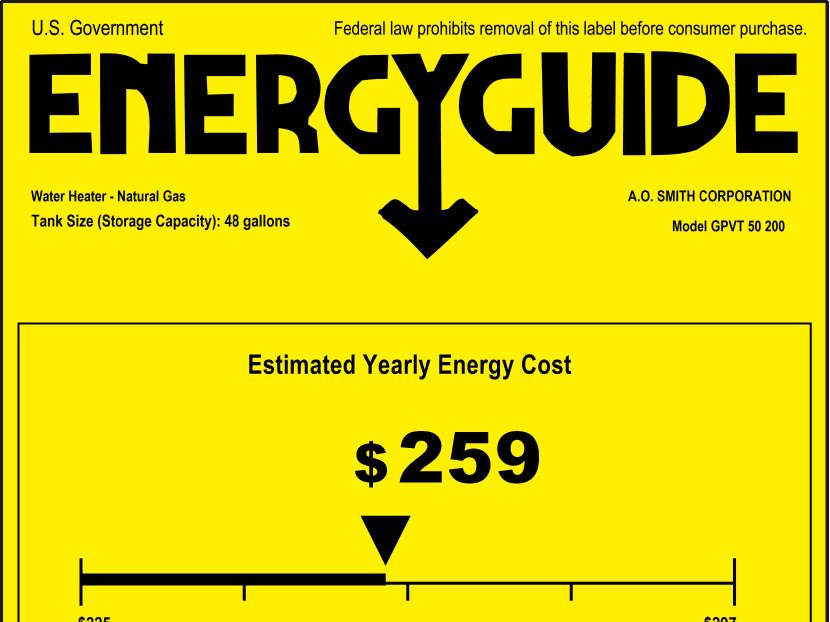Getting the Right “Binformation” on UEF
Understanding energy efficiency is easier than you think.

The transition from the Department of Energy’s old energy factor rating for water heater energy efficiency to the new uniform energy factor, or UEF, took years of wrangling in Washington, D.C.
Contractors and wholesalers can skip the civics lesson, but it is important to understand how the new UEF rating affects the way you size and sell water heaters.
EF versus UEF
The now-defunct energy factor testing used just one draw pattern simulating an hour of use to determine energy efficiency. The primary problem with this test is that it did not accurately reflect energy efficiency across different technologies — chiefly tank water heaters versus tankless.
The new UEF ratings are determined by comparing the energy efficiency of heaters with similar hot water output. The new standards apply to residential water heaters and certain high capacity units now referred to as “residential duty commercial.”
Here’s how it works: First, water heaters are assigned to one of four distinct categories called usage bins based on results from new first hour rating test procedures for tank water heaters and gallon per minute rates for tankless heaters. Although the name of the first hour rating metric will remain the same, the test procedure has changed. In most cases, the first hour rating will be a larger number under the new test procedures. First hour ratings on units built under the new standards will not be directly comparable to older unit ratings. Organizing heaters into bins ensures a heater designed for a mobile home is not compared to a model meant for a mansion.
Next, water heaters are subjected to simulated usage tests and compared against heaters in the same usage bin category. The simulated usage tests are designed to determine energy use during a standard 24-period and the test standards differ for each bin. The UEF test thus allows for an “apples-to-apples” comparison of water heaters designed for roughly the same residential application — regardless of technology.
Generally, for heaters in a single bin, a higher UEF means that a water heater is more efficient and will cost less to operate.
Sounds simple, right?
Your biggest challenge
Many homeowners won’t know the first thing about UEF ratings.
What they will see is the new energy guide label design on the water heater (effective as of June 2017). It doesn’t list the UEF rating, but it does show the actual gallon capacity of the model and an estimated annual cost of operation. More to the point, homeowners may show interest in a model that showcases low operating costs but is in the wrong bin and won’t meet their hot water demands.
Your biggest challenge with UEF will be to help homeowners understand that a high UEF score doesn’t necessarily equate with a lower annual cost of operation, or vice versa. What’s more important is to accurately determine the customer’s usage bin.
If a family has a Brady Bunch number of people taking daily showers, you need to convince them that their needs necessitate a high bin product (see table below). Empty-nesters might be good candidates for a low bin product.

In the field, contractors will want to have an intentional conversation about the customer’s daily hot water requirements to determine correct UEF bin.
At A. O. Smith, we’ve built a product selector tool on the A. O. Smith mobile app that makes this line of questioning easy to incorporate into a sales call. The A. O. Smith app provides a solution based on hot water demand, local data—such as energy costs and groundwater temperatures—and energy efficiency preferences. This tool is much more detailed and accurate than energy guide labels, and helps contractors avoid incorrectly upsizing or downsizing a water heater. Most customers will either be bored or utterly confused if you dive too deeply into UEF details. But they’ll appreciate the fact that the new standard more accurately measures the first hour rating of hot water for the usage bin they’re in. And they’ll definitely be grateful when you provide annual cost-of-operation data that’s more reliable than the estimate on the energy guide label.
With the new UEF standard, the key to success is providing useful “binformation” to your customers.




